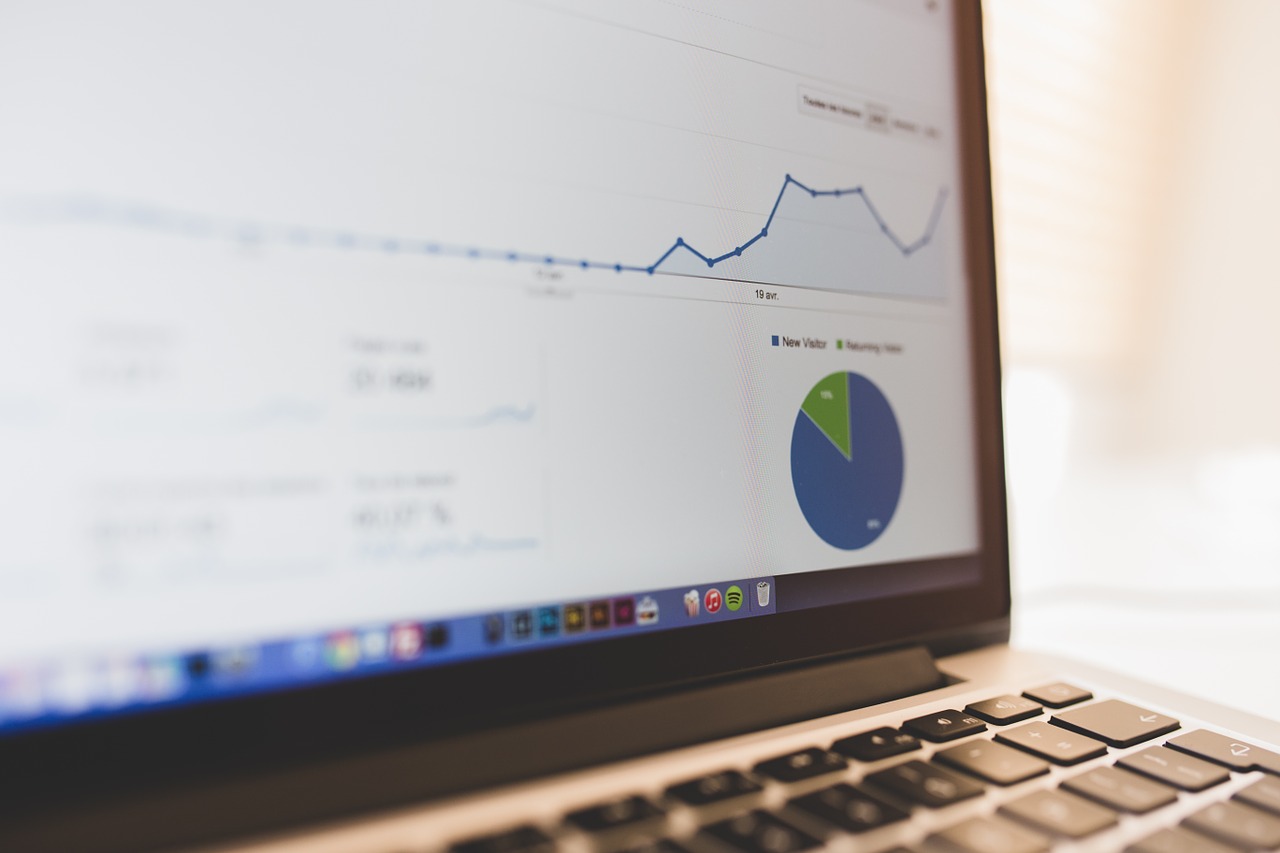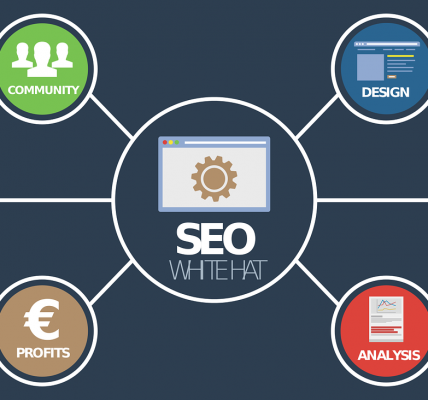
It’s been a year since the last update was rolled out by Google and now it seems that the search engine giant is ready to catch up. Recently, the company provided confirmation that on October 17th, Friday, it started rolling out the latest iteration of its large-scale algorithm update called Penguin. The update is live and unfolding on the internet now. Originally, the algorithm called Penguin was launched in April of 2012. The primary purpose of this algorithm was to identify evidence of ‘webspam’ that can occur on and off a website. Websites that are discovered to be guilty are significantly penalized because they use manipulative and spammy techniques. Hence, their visibility in search results is reduced considerably.
Similar to the initial rollout of Penguin and its 2.0 follow up, the 3.0 update can have an impact on any website. If any changes have been noticed in organic search traffic and search engine rankings, the websites need to become proactive in order to figure out and correct the actions that caused the Penguin penalty. The biggest ranking factor is covered by the Penguin algorithm, which is external links. Websites that have valuable, natural, authoritative and relevant links are rewarded by this particular algorithm.
On the other hand, websites that have primarily built manipulative links for improving their rankings or have links that don’t seem natural are penalized. 3.1% of all search queries were impacted by the first update that was dubbed 1.0. Even though it seemed little, it had a stunning impact on search engine optimization. Over the course of 2012, a series of ‘refreshes’ were released by Google to this algorithm, but the next big hit came in the form of Penguin 2.0 on May 22nd, 2013. This one altered about 2.3% of the search queries and some other refreshes were made during the year.
Now, Penguin 3.0 is the latest powerful hit that has sent webmasters scrambling. In most ways, this update is quite similar to its predecessors. The intention is to reduce spam and to penalize and eliminate links that aren’t natural in order to improve search results. Moreover, a touch of sophistication can be seen in this update as compared to 1.0 and 2.0. It has been confirmed by Google that this algorithm change is major, even though it will have impact on about 1% of the search results. While this number may be getting smaller and smaller, it still brings drastic change.
It is quite possible that a small number of websites may be affected tremendously by this updated instead of affecting a large number of websites in small ways. This means that the greatest volatility will be noticed by the greatest practitioners or worst offenders. On the 17th, the rollout was only warming up and it is becoming significant with each passing day. On Tuesday, 21st October, Pierre Far stated that the rollout was slow and worldwide and it will take the next couple of weeks for it to settle.
While every round of the Penguin update is of the utmost importance, still, each update only ends up impacting about 3 to 4% of all search queries and not more than that. This means that most serious offenders who use unnatural and manipulative links would already have been impacted under Penguin 1.0 and 2.0. Nonetheless, websites have been advised to keep an eye out for their organic search traffic and also their rankings to notice any changes in the next few weeks. During this time period, if a sharp drop is seen in rankings, it is highly likely that the website was hit by Penguin 3.0.
If no changes have been noticed or there has actually been an improvement in the rankings, it could be because of two reasons; either the website has recovered from a previous Penguin penalty that had been holding it back or competitors ahead of website in rankings have taken a hit from the Penguin 3.0 update. There is also a possibility that Google will do some tweaking to the 3.0 update and introduce refreshes as it did with previous iterations of the same algorithm update. Websites that notice negative changes in their rankings and traffic numbers should take immediate actions for recovery.
However, it should be kept in mind that this is a time consuming process and there is no ‘quick fix’ that can be used for dealing with the problem quickly. It is possible to recover from a sharp drop in rankings from an algorithm update when some steps are taken. Some of them include:
- Identify webspam and bad links. This is the first step because bad links pointing to the website are probably responsible for the Penguin penalty. These can include links for which payment was directly made, links on link farms, article directories and other aggregators, links in directories that are non-industry and links that have been embedded in fluffy content with spammy keywords.
- Remove these offenses. Once you have identified the questionable links, they need to be removed. The webmasters who are the authority on the source sites should be requested for removal of the links. If they don’t respond, Google offers tools that can be used for this purpose. It is possible to hire professionals who know how to use these tools for getting rid of the links, if one cannot do it on their own. Regardless, it is better if the source sites remove the link and there is no need to use any tools.
- Reassessment of the strategy. It is time for the website owners to move forward and make an effort for using natural ways of link building. They should use better links and place them on reputable and good websites instead of gimmicky aggregators. Furthermore, rather than focusing on building links, a website needs to be able to earn them. It should be transformed as the magnet for links by using amazing and powerful content. This will ensure that the link building process doesn’t seem forced and is completely natural.










![Watch Video Now on xiaohongshu.com [以色列Elevatione perfectio X美容仪 perfectio X 全新仪器黑科技了解下]](https://www.techburgeon.com/wp-content/uploads/2019/07/perfectiox-singapore-150x150.jpg)
